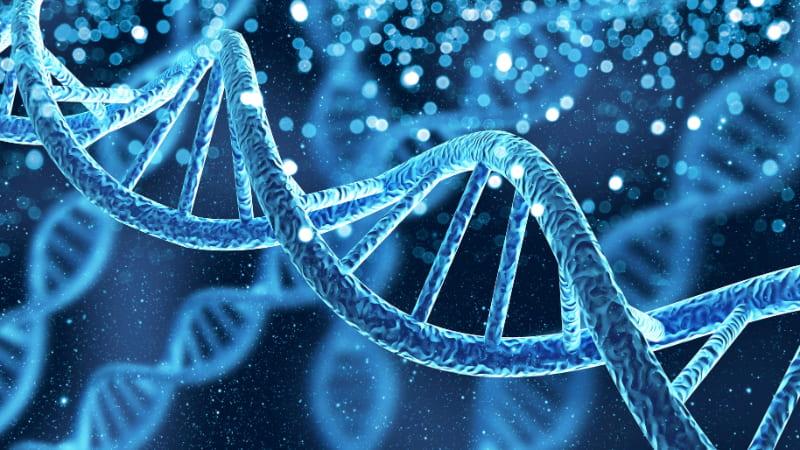
NEMO deficiency syndrome
NEMO deficiency syndrome is a complex disease caused by genetic variants in the X-linked NEMO gene (also known as IKK gamma or IKKG).

NEMO deficiency syndrome is a complex disease caused by genetic variants in the X-linked NEMO gene (also known as IKK gamma or IKKG).
Diagnosis of NEMO deficiency is based on clinical manifestations. The presence of EDA is usually a hint but can be absent in 10% of the individuals. Almost all individuals with NEMO deficiency lack protective levels of pneumococcal antibodies following pneumococcal vaccination. Routine immunological tests are variable among individuals, and normal results do not rule out the diagnosis. Diagnostic confirmation requires genetic testing.
Therapy for NEMO deficiency aims to prevent infections and complications stemming from infection. Individuals with antibody defects receive immunoglobulin (Ig) replacement therapy. While this therapy is a cornerstone of treatment, it is insufficient alone to control infections given the broad-based immune defects in these individuals. Therefore, individuals also receive a series of prophylactic antibiotics as part of their infection-preventive regimen.
Individuals with NEMO deficiency should see their primary care physician and immunologist regularly, as problems and complications can be frequent. Treatment should be started promptly whenever an infection is suspected. Hematopoietic stem cell transplantation (HSCT) has been used for some individuals with NEMO deficiency. Outcomes after transplantation have been variable. Transplantation is able to correct the immunological defects of NEMO deficiency but does not improve the other complications of the syndrome.
This page contains general medical and/or legal information that cannot be applied safely to any individual case. Medical and/or legal knowledge and practice can change rapidly. Therefore, this page should not be used as a substitute for professional medical and/or legal advice.
Adapted from the IDF Patient & Family Handbook for Primary Immunodeficiency Diseases, Sixth Edition.
Copyright ©2019 by Immune Deficiency Foundation, USA
Receive news and helpful resources to your cell phone or inbox. You can change or cancel your subscription at any time.